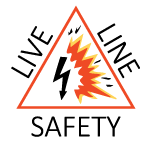OSHA Electrical Training
29 CFR 1910.333(a)(1) states that live parts must be deenergized before the employee works on or near them. Energized work requires the employer to demonstrate that deenergizing introduces additional or increased hazards or is infeasible due to equipment design or operational limitations. Live parts that operate at less than 50 volts to ground must be…





